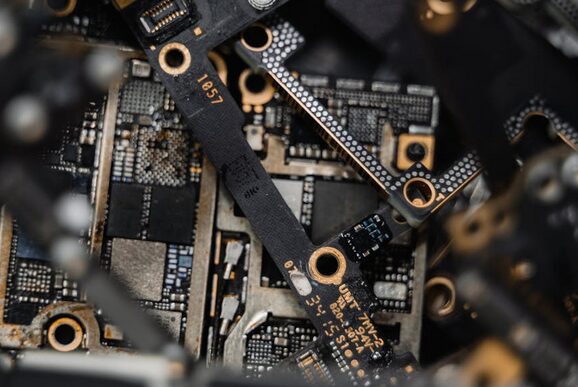With the development of the times, people have gradually started to design various types of chips, one of which is the popular low-power chip design. These chips not only help extend the battery life of devices but also reduce the likelihood of overheating and improve system stability. If you want to design low-power chips, then you must first understand these technologies!

1. Multi-Voltage Domain Design
Multi-voltage domain design allows different modules or IPs in the chip to operate at different voltages according to their needs, thus avoiding power waste caused by all modules sharing a single voltage domain. However, when signals are transmitted between different voltage domains, they may face driving issues, requiring the introduction of a level-shifter to ensure correct signal transmission.
2. Power Gating Technology
Power gating technology is a method of cutting off the power supply to inactive modules during the chip’s sleep mode to save power. By using this technology, the overall system power consumption can be effectively reduced without affecting the normal operation of other modules.
3. Multi-Voltage and Power Control Combined with Register Retention Technology
By combining multi-voltage domain design with power gating technology and introducing retention registers in key modules, the state of the module can be restored after power loss, thus improving the system’s response time and reliability.
4. Low-Voltage Standby Technology
In low-power chip design, low-voltage standby technology allows the chip to maintain some modules in an active state at a lower voltage during sleep mode. This technology can provide a quick response when the system needs to wake up rapidly.
5. Dynamic Voltage Frequency Scaling Technology (DVFS/DVS/AVS/AVFS)
Dynamic voltage frequency scaling technology can adjust the voltage and operating frequency in real-time according to the system’s workload, thereby reducing power consumption while maintaining performance. This technology requires comprehensive consideration of the impact of voltage and frequency changes on timing and stability.
6. Multi-Threshold Process
The multi-threshold process balances performance and power consumption by using units with different threshold voltages on the same chip. High-performance modules use low-threshold voltage units to reduce delay, while low-power modules use high-threshold voltage units to lower power consumption.
7. Gate and Coupling Effects
The gate is a key component in transistors, and its design has a significant impact on the performance of the transistor. Coupling effects refer to the effects generated due to the interaction between different layers in multi-layer circuit designs, which need to be considered in the design.
8. Gated Clock Technology
Gated clock technology reduces power consumption by turning off the clock signals of inactive modules. This technology can significantly reduce dynamic power consumption caused by clock signals.
This article is an original piece by Fan Yi Education. Please indicate the source when reprinting!